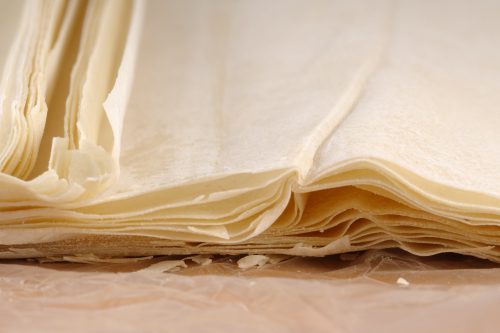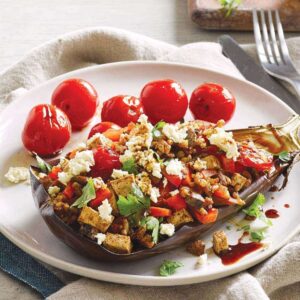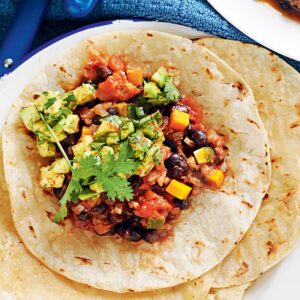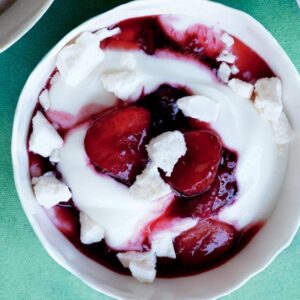
Nutritionist Bronwen King demystifies filo – and shares clever ways to use this versatile and economical ingredient.
Filo – a healthier alternative
If you are like most New Zealanders, you will be more than a little bit fond of pastry. The meat pie after all could be considered our national dish! If you make the pastry from scratch, however, you will realise just how much fat a pie – with its pastry – contains.
Short pastry, the least fatty of regular pastries, has around 250 grams of butter in a quantity that would be used for a large pie or quiche; based on eight serves, that’s more than 30 grams of fat per person from the pastry alone!
Puff or flaky pastries, used in meat pies, have double that quantity of fat – and it’s not usually heart-friendly fat.
Filo pastry has a huge health advantage because there is no fat in the mix. It is made solely from flour and water. Fat – in the form of melted butter, spread or oil – is brushed on the layers as they are assembled for recipes so the quantity of fat used is therefore up to the cook. While most recipes using filo are liberal in the amount of butter or oil they suggest, large quantities are rarely necessary. A standard strudel can be made to perfection with as little as one or two tablespoons of melted spread or oil. The end product still presses all the pie buttons while being much better for our health and waistlines.
Tips for using filo
- Buy filo pastry fresh and use at room temperature. While it is possible to freeze leftover sheets, freezing tends to dry filo sheets out making them prone to crumbling once defrosted. If you do freeze filo, limit freezer time and defrost at room temperature as microwaving to defrost does not work.
- Since filo dries out quickly it is important to minimise its contact with air. So it is advisable to get organised with equipment and ingredients before unrolling the filo. Cover the pile of sheets with plastic film or a damp tea towel in between taking individual sheets off when assembling your stack.
- Use oil spray or melted, polyunsaturated reduced-fat spread instead of butter and be frugal with the quantity. A light spray or brush is all that is needed between layers. Be a little more generous on the outside layer to develop crispness and a rich golden colour on cooking.
- If making a strudel, layer filo sheets and roll up on the tray you will bake it on. This minimises transfer damage.
- Be creative thinking about ways to use leftover filo. Double up; make another filo-based product at the same time and freeze it uncooked. Wrap this well and use within a couple of weeks or it will dry out and lose quality. Alternatively, roll up leftover sheets, wrap tightly in several layers of plastic film and refrigerate or freeze. However you store it, make a plan for when you will use it otherwise it will go the way of a lot of leftover filo and be thrown out! Old, crumbly or dry sheets of filo can be crumbled on top of stewed fruit, sprayed lightly with oil and then baked for an interesting crunchy pie topping!
Ideas with filo
- Spinach and feta pie or triangles
- Baby Christmas mince tarts
- Savoury cigar rolls or parcels
- Strudel – fruit or savoury
- Chicken pot pies
www.healthyfood.com










